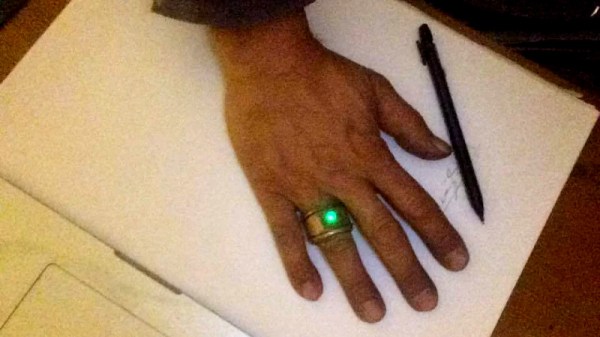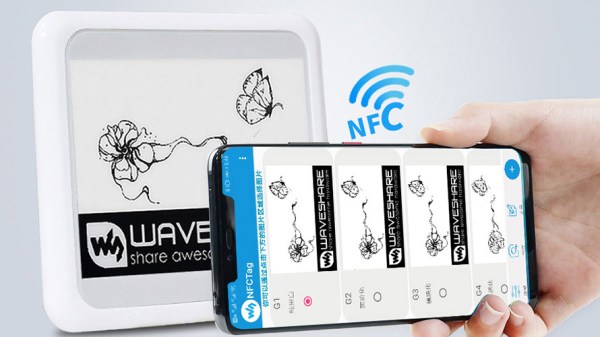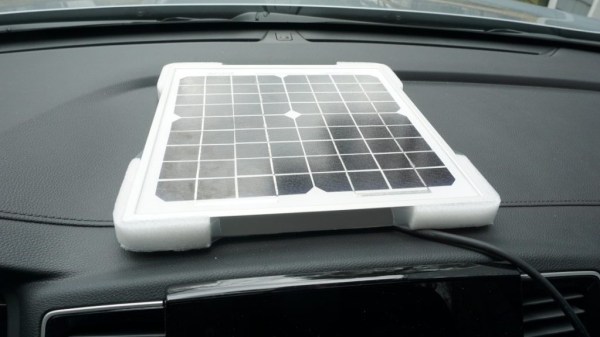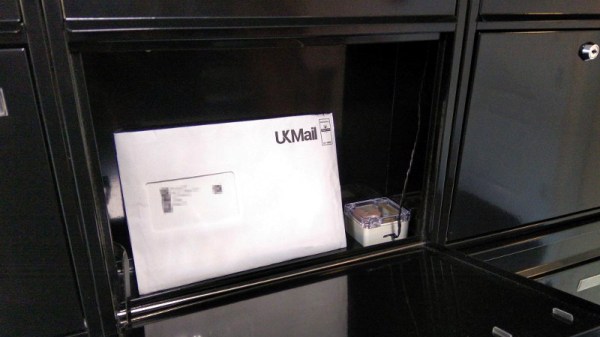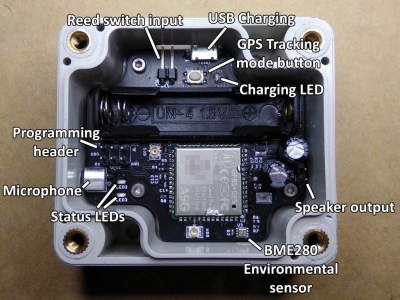LED jewelry has always been a popular part of the maker community. Oftentimes, coin cells are used as a compact source of power, or wires are run to discreet hidden battery packs. [OguzC3] went another route, however, creating a glowing ring which works as its own battery.
The design will be familiar to those who have done high-school experiments on basic batteries. An aluminium pipe forms the inner surface of the ring, which is then wrapped in a layer of newspaper. A copper outer ring is then placed outside. When soaked in a salt water solution, this forms a basic battery. The voltage output is only around 0.5 volts, so a joule thief circuit is built into the ring to step this up high enough to drive an LED. [OguzC3] reports that the ring lasts several hours at a time, and only needs a quick rinse in fresh salty water to recharge.
It’s a creative concept, and the final piece looks like a magical object from the world of fantasy. It would make a great addition to any cosplay, and we’re sure the technique could be adapted to other accoutrements, too. A similar experiment done in a more extreme way is this electric car charged via lemons. If you’ve got your own battery chemistry project cooking up at home, be sure to let us know!

